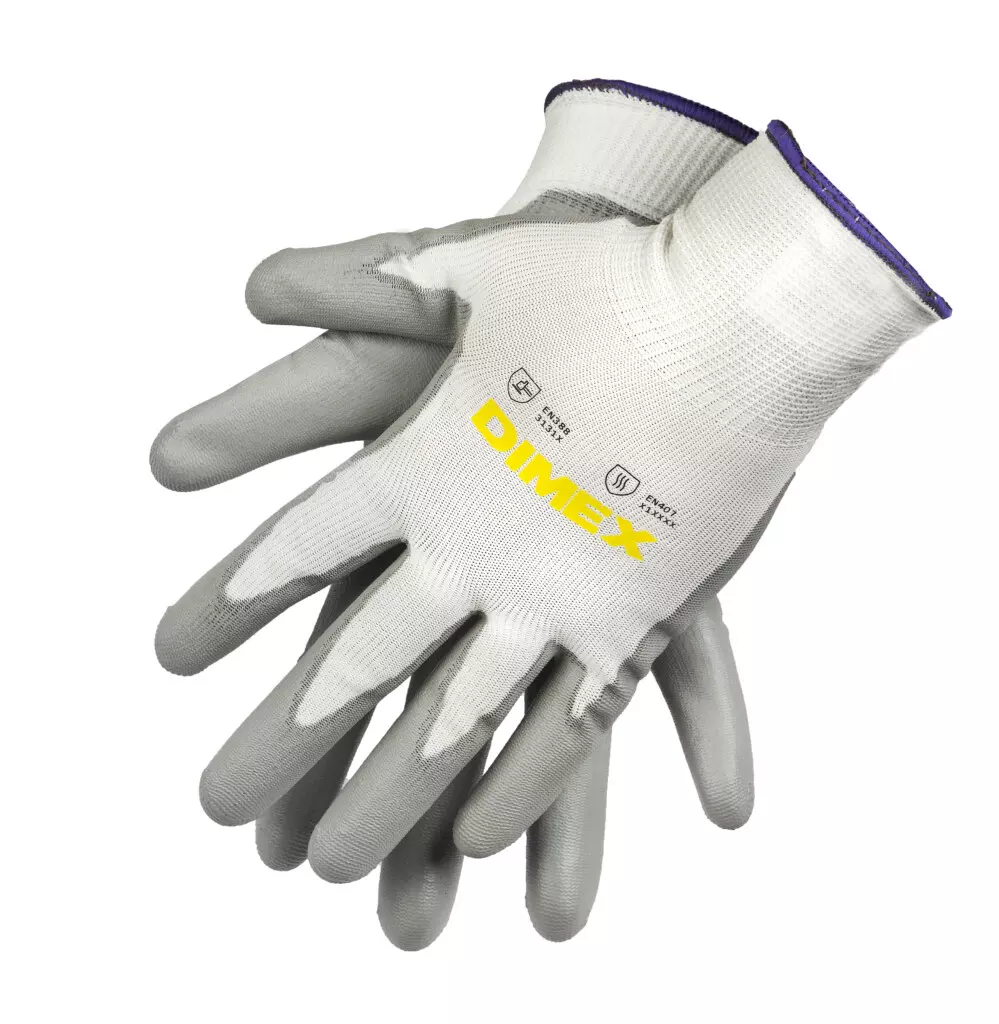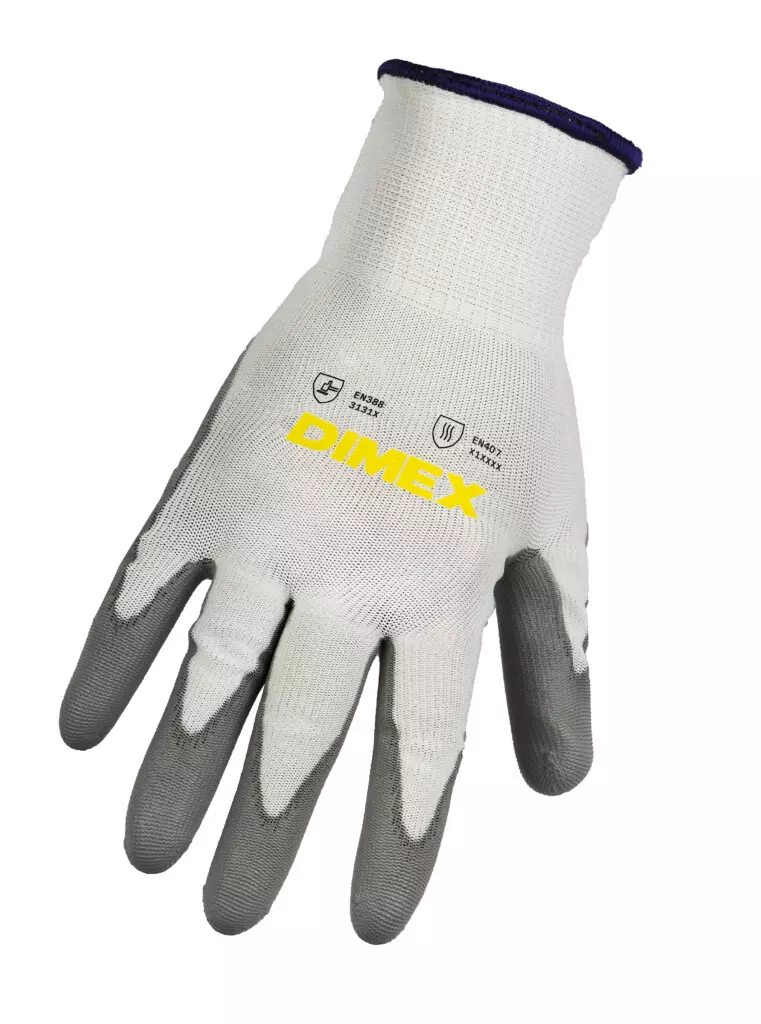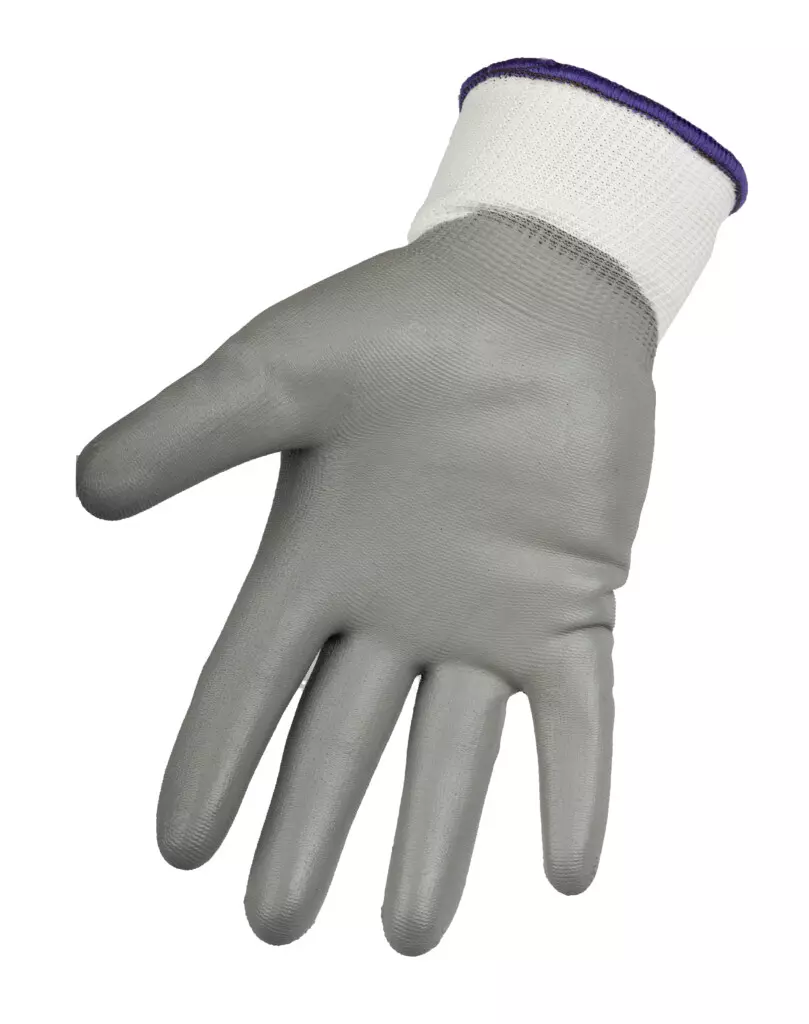


Features You'll Love

Coating Material · Polyurethane (PU)
Coating Coverage · Palm And Finger
The substance applied to glove surfaces to enhance grip, durability, and protection, with different materials suited for various work conditions.
Indicates which areas of the glove have protective coating applied, affecting grip, protection, and dexterity in different parts of the hand.

EN 388 · Abrasion Resistance Level 3, Tear Resistance Level 3, Puncture Resistance Level 1
EN 407 · Heat Contact Level 1
Provides good resistance against scraping, scratching, and rubbing on rough or abrasive surfaces.
Offers strong resistance against ripping, making the material durable against snags and tears.
Provides basic protection against punctures from blunt objects like splinters, not sharp points like needles.
This product provides short-term protection against contact with hot objects up to 100°C (212°F) for at least 15 seconds. It is ideal for brief handling of warm items in non-professional settings like home kitchens.
18,78 €
Price per 0 pairs
18,78 € / pair
Choose size
Shipping fee is 7,95 € for orders under 80,00 €
Features You'll Love

Coating Material · Polyurethane (PU)
Coating Coverage · Palm And Finger
The substance applied to glove surfaces to enhance grip, durability, and protection, with different materials suited for various work conditions.
Indicates which areas of the glove have protective coating applied, affecting grip, protection, and dexterity in different parts of the hand.

EN 388 · Abrasion Resistance Level 3, Tear Resistance Level 3, Puncture Resistance Level 1
EN 407 · Heat Contact Level 1
Provides good resistance against scraping, scratching, and rubbing on rough or abrasive surfaces.
Offers strong resistance against ripping, making the material durable against snags and tears.
Provides basic protection against punctures from blunt objects like splinters, not sharp points like needles.
This product provides short-term protection against contact with hot objects up to 100°C (212°F) for at least 15 seconds. It is ideal for brief handling of warm items in non-professional settings like home kitchens.
Product description
Soft and comfortable all-purpose glove made of recycled polyester. The PU coating of the glove is durable and long-lasting. Great for construction, installation, storage and cleaning work, among others. Sold in bundles of 6 pairs of gloves.